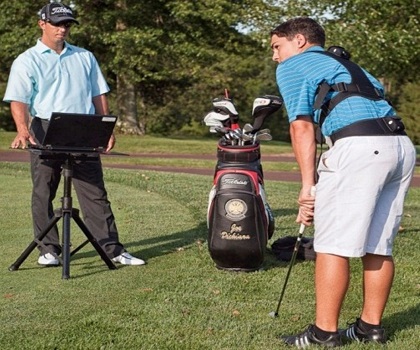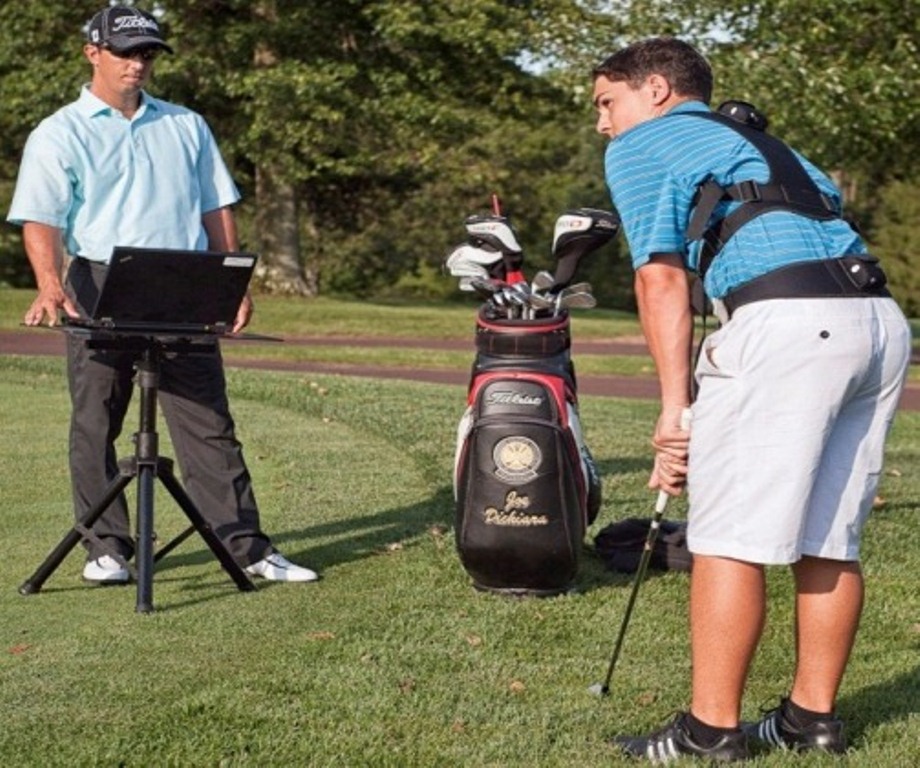by Joseph DiChiara

One of the strongest emerging niches in the golf industry today is junior golf instruction.
Juniors are the future of our sport, and it is critically important that we take responsibility for mastering and sharing the knowledge needed to develop and implement positive junior golf programs.
For many years it was the norm in junior programs around the world just to line up all the kids and dump a pile of balls next to each of them.
Thankfully, in our industry today, this is becoming a practice of the past. With the emergence of great information supporting best practices on how to develop juniors better, made popular by TPI, we now have the knowledge to make our junior golf programs both more fun and more effective.
Skill-to-Skill Transfer Learning
One of the main points that needs to be addressed in this context is the art of transferring a skill from a fundamental movement skill (FMS) to a Functional Sport Skill (FSS)… and finally to a Golf Specific Skill (GSS).
Now, this is a great idea in theory, but how exactly do we accomplish this?
We first have to understand what transfer learning is as well as what type of transfer learning we’re talking about. Here we’re referring to “skill-to-skill” transfer learning. This type of transfer learning is defined as a skill that is developed in one sport having an influence on a skill in another sport.
Not all sports influence others, but when they do, the process is identified as a positive type of transfer learning.

With this groundwork in place for understanding the type of skill transfer we’re going to target, let’s discuss exactly what we’re going to train. We’ll start with the most complex skill, and work our way backwards.
One of the most fundamental factors that produce a strong, efficient golf swing is the ability to mobilize different parts of the body while keeping others stable.
For example, we know that in an efficient transition sequence we want the lower body to initiate the downswing while the upper body remains stable for a certain, albeit incredibly short, period of time.
Being able to do this in a golf performance setting is an extremely complex task. This is mostly due to the fact that we’re coupling it with holding an implement, trying to strike another object, and executing on an inclined plane. All these factors add to the complexity.
Make the Complex Simple for Juniors
With this in mind, we can take a step back and introduce juniors to the proper way simply to hit a baseball off a T-Ball stand.
Since the striking implement and object are significantly larger, and we’re now on a horizontal plane, the task becomes easier for juniors to comprehend spatially.
Use your K-VEST upper body sensor to help juniors position their torso parallel to the intended target, and introduce the idea of rotating the torso away from the target and then towards the target while hitting the ball.
This approach will start to provide your juniors with awareness of the proper upper body rotation needed during the golf swing.
Now let’s regress even further for our pure beginners and very young golfers!
As I mentioned earlier, the skill we’re targeting is the ability to control separate parts of our body independently at the same time. At its most basic, this skill can be exemplified in the simple act of skipping. The signals that the brain sends to the body to exhibit the proper cross-crawl pattern needed in a skip are the same signals needed to initiate the lower body first in the downswing.
So for our youngest golfers, instruct them to skip as a warm-up–before even touching a golf club! Ideally, you would like them to show you how they control the opposite leg and arm as they skip across the room.
You can, again, use your K-VEST upper body sensor while they’re skipping to ensure that they keep their body forward-facing throughout. Most juniors will attempt to rotate their torso back and forth while trying to skip. By giving them biofeedback that keeps their torso forward-facing, you will help them execute a proper skipping motion.
I hope it’s clear how we took a very complex motion and regressed it back to its simplest form to allow juniors to create a stronger foundation for a long-lasting golf swing!
Joseph DiChiara is the Founder/CEO of P.L.A.Y. (Parents Launching Active Youth). P.L.A.Y.’s goal is to create awareness and promote physical literacy development.
